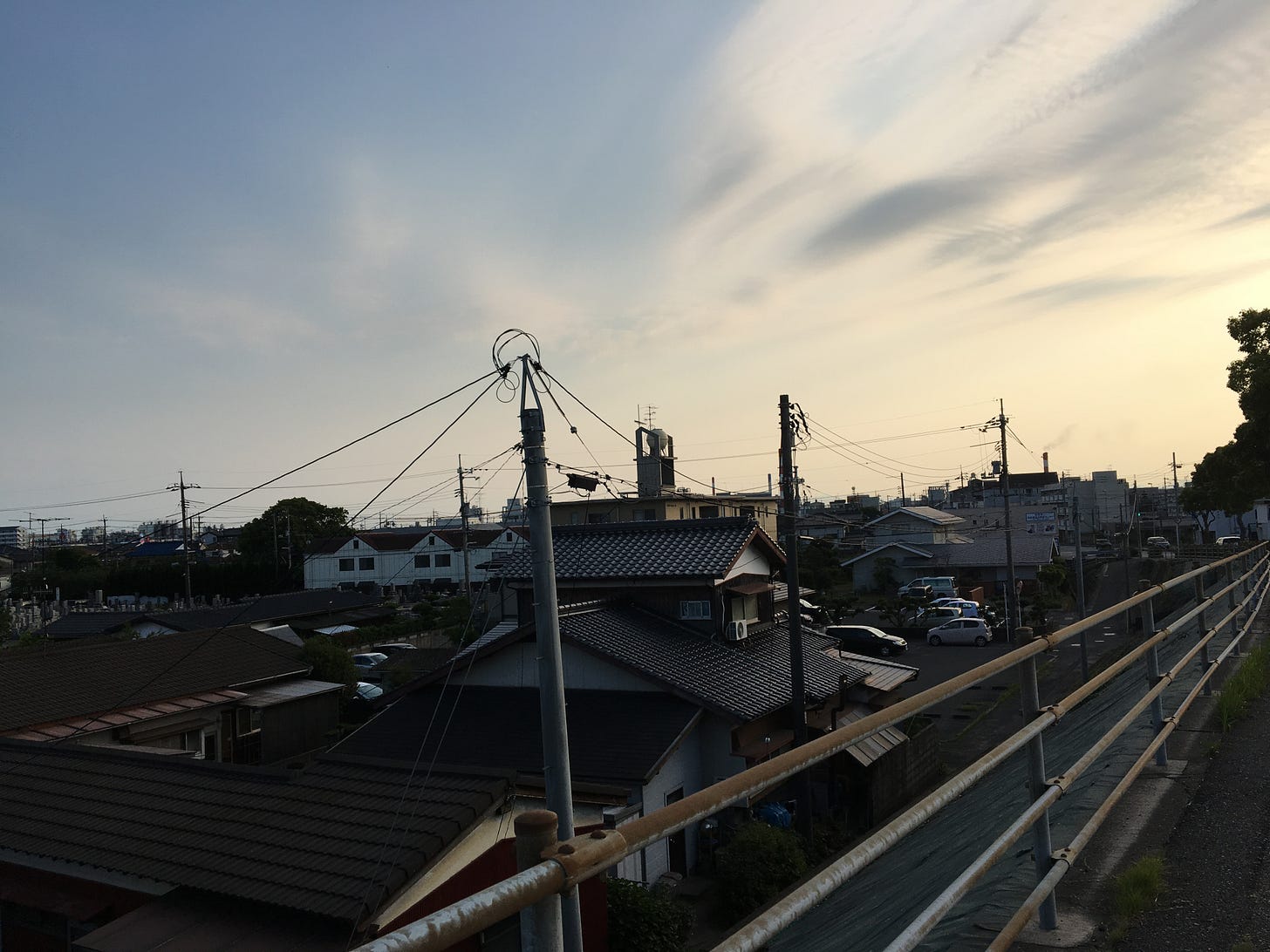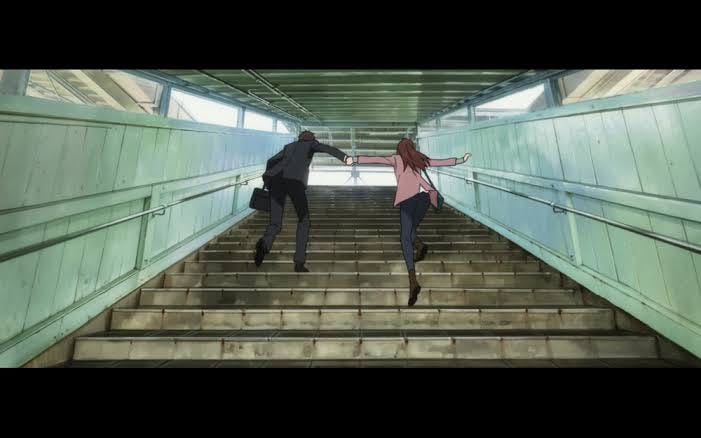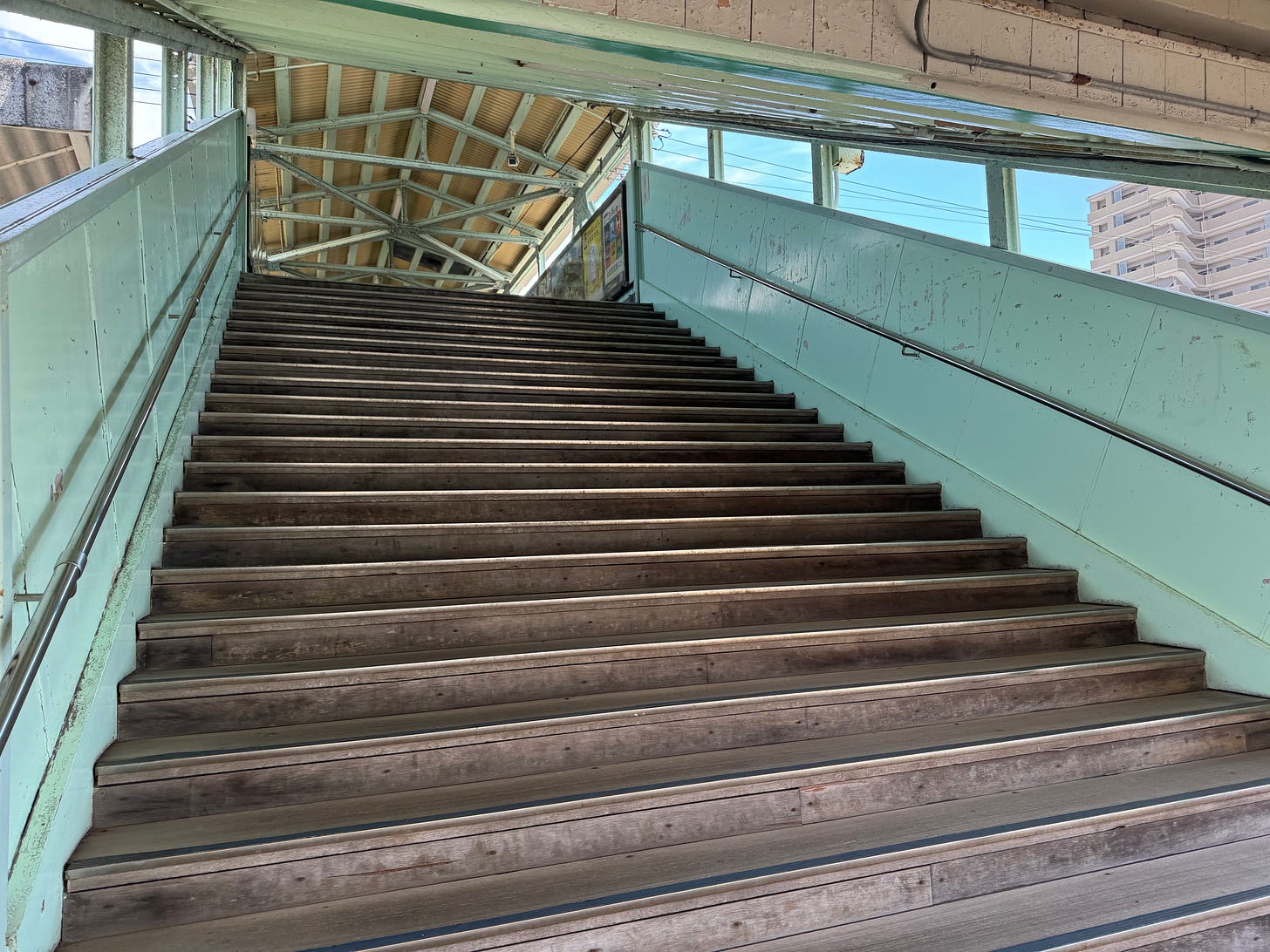A Personal Journey Through Japan Part 2: Yamaguchi
Returning to the first place in Japan I ever lived in and learning how to move on from the past.

Foreign Perspectives is gradually shifting into more paid content. Certain columns such as Bonus Perspectives and A Bit of Film and War will remain free for all subscribers, but articles like these will be exclusive for paid subscribers. If you enjoy the work I do, please consider upgrading to a monthly or yearly subscription. Your support is greatly appreciated and ensures that this Substack can continue to deliver high quality pieces.
Welcome back to the second of my three-part series chronicling an extended holiday throughout Japan I took this May. I returned to locations that played a pivotal role when I was first moved to Japan over seven years ago and set out to write about why they carried such significant personal importance. The goal of these lengthy columns is to convey my feelings toward these places, but to also highlight some towns and destinations that most foreigners who come to this country rarely visit.
It’s part travelogue and part self-reflection, but I hope you will find them informative either way. In part one, I did a deep dive into the port town of Yokosuka. I recommend checking that out first and will take this opportunity to remind readers that this series is exclusively for paid subscribers of Foreign Perspectives. I will transition completely into freelance writing next year as my main source of income while continuing my PhD, so your support is essential in making all of this a viable enterprise. It allows this Substack to continue and also gives you exclusive pieces like this one in the process. So thanks again to all those who have already made the jump.

This time I’m covering Yamaguchi Prefecture, a criminally overlooked region that has some of the most beautiful natural environments and sightseeing destinations out of the entire country. It’s located to the west of Hiroshima and to the north of the Kyushu region. Off the beaten path for sure, but that’s all the more reason why it will make your trip to Japan far more memorable than the standard itinerary most tourists choose. The New York Times even included it in their 52 Places to Go in 2024 feature.
For me, Yamaguchi is important because it was the first place in Japan I ever lived in and in many ways was where my coming of age process truly began.
Ube, where it all started
The palm trees outside of Yamaguchi Ube Airport were as tall and proud in the sunlight as I had remembered them. I would be meeting my former work colleagues for dinner later in the evening, but for the time being I had to catch a train to get to my hotel which was located quite a distance away. I could have taken a taxi, but I wanted to soak in all the rural scenery as I did the first time I had stepped foot into this town seven years ago.

Backpack secure and my one rollable suitcase in hand, I made the ten-minute trek out of the airport’s front entrance to the neighboring Kusae Station. Like many train stations in the Japanese countryside (which I will refer to from now as the inaka), it was unmanned and would not even accept IC cards like Icoca or Suica for fare. To get to my destination, I had to buy my individual paper ticket the traditional way and be more conscious of things like transfers and the correct line. Just like the old days, I wryly thought to myself.
But that was why I was here, wasn’t it? To revisit the days when I was a naive 19-year-old kid fresh off the plane in Japan for the first time. Ube, Yamaguchi is the kind of industrial town you generally don’t visit for fun. It would be like going to the United States and making Dayton, Ohio your first destination. You’re only going to come to Ube if you have a specific reason in mind. Vladimir Putin once stepped through the same airport I had just departed from to have a meeting with the late Prime Minister Shinzo Abe, though I can’t say my own initial invitation was anything as high level.
About six months after the Russian dictator’s visit, I was invited to Ube in May 2017 by a glass company that did a yearly internship program with my alma mater, the University of Pittsburgh. Three students were chosen to work at their branches located in remote parts of Japan and I passed the interview process for the one in Ube. I was already slated to do a nine-month homestay study abroad program in Kobe, so this extended my initial stay in Japan to a full year. It would end up becoming even longer than that, but that’s a story for another time.
In any case, I chose Ube specifically because I wanted to be in the middle of nowhere for my first outing in Japan. I was majoring in the language and had mastered enough of it to muddle through the internship interviews, but this would be out of the frying pan and into the fire. The English Wikipedia article for the city was barely a few paragraphs and even now there’s not much information about it. The only thing I knew about Ube was that it was the birthplace of Neon Genesis Evangelion creator Hideaki Anno, while one of my favorite Japanese directors Yoji Yamada also spent his teenage years there.
Other than that, Ube really does fit the description of “Middle of Nowhere, Japan.” I’ve met Japanese people who have never heard of it, those who have heard of it are baffled as to why any foreign visitor would go there, and even Ube locals will often tell you in a self-deprecating way that their city offers very few interesting places of note. Its two most famous spots are Sorinji Temple and Tokiwa Park. The latter in particular symbolizes much of Ube’s history. It exists as a tribute to the town having once been an important coal mining location and is also home to great white pelicans. They’re the successors to a pelican named Katta-kun who was a beloved fixture of the city before his death in 2008.

My internship hosts introduced me to these sites within days of me moving into the city, while almost every weekend for the next three months was an excursion to other parts of Yamaguchi. To this day, these are still some of the most enjoyable and insightful experiences I’ve ever had while living in Japan. Ube itself is not necessarily what one should seek out when visiting this region, but it does serve as a convenient and cost-effective base of operations. You definitely are going to need to rent a car though, as public transportation is slow and only occasionally available compared to the conveniences of major Japanese cities.
Because so few foreign tourists visit rural towns like Ube, lodging is extremely cheap. Three nights at a decently spacious hotel near the main commercial street only cost me around ¥25,000 or about $160 USD. These days, that’s not too far off for just one night in Tokyo or Kyoto. I almost feel like I’m giving some kind of secret away by saying this, but it’s really just common sense. Most of the things people come to Japan for are going to be in tourist trap areas, while places away from the major population centers manage to still be affordable for locals and foreign visitors alike. I don’t know how long that will last for, but I certainly plan on taking advantage of inaka tourism.
During my most recent stay in Ube, I initially was going to attempt to visit (or more accurately revisit) some nearby Yamaguchi locations on my own. After I caught up with my former colleagues for dinner, however, one of them ended up joining me. Thanks to him driving us around, I was able to see far more than I would have if I had booked a tour bus as I have yet to acquire my Japanese driver’s license. I’m eternally grateful for your hospitality, Endo-san.
Shimonoseki by the sea
After a scrumptious dinner of yakiniku, I decided to make the next day a solo trip to Shimonoseki. My main goal was to visit Ganryu-jima, the site of the duel between famed samurai Miyamoto Musashi and Sasaki Kojiro. The island is located adjacent to Shimonoseki Harbor, which was a location I wanted to go to anyway to experience the seafood market.
A couple of transfers via the JR Line from Ube are needed to get to Shimonoseki, so I recommend departing early. Trains in the inaka are infrequent and smaller stations often have no staff, so a bit more careful planning is usually necessary compared to cities like Tokyo and Osaka. The station I departed from, Ube-Shinkawa, actually proved to be its own mini sightseeing destination.
As I mentioned previously, Ube is the birthplace of Neon Genesis Evangelion creator Hideaki Anno. In the franchise’s most recent film, Evangelion: 3.0+1.0 Thrice Upon a Time, Ube-Shinkawa Station appears in the finale both in animated and live-action form. Thanks to this cameo, Ube actually became a minor tourist destination in 2021 for Eva fans. There’s not much to say about the station itself. It’s like any other one you’d see in the inaka, but sure enough the towering steps are right there just like in the film and it makes for a nice photo opportunity.
It was past noon when I arrived at JR Shimonoseki Station. The main destination that most are going to want to hit is Karato Market, which offers some of the freshest seafood one is likely to have in their visit to the region. It’s about a ten-minute bus ride away, but on this trip I was making a conscious effort to do as much physical activity as possible for reasons I’ll get into later. The weather was good though, which made me glad that I took the more picturesque route. The palm tree-laden boulevards of Shimonoseki deserve to be strolled at a leisurely pace and with the Kanmon Straits to the east, one is never far from gorgeous seaside scenery.
Keep reading with a 7-day free trial
Subscribe to Foreign Perspectives with Oliver Jia to keep reading this post and get 7 days of free access to the full post archives.







